Student climate champions around the world
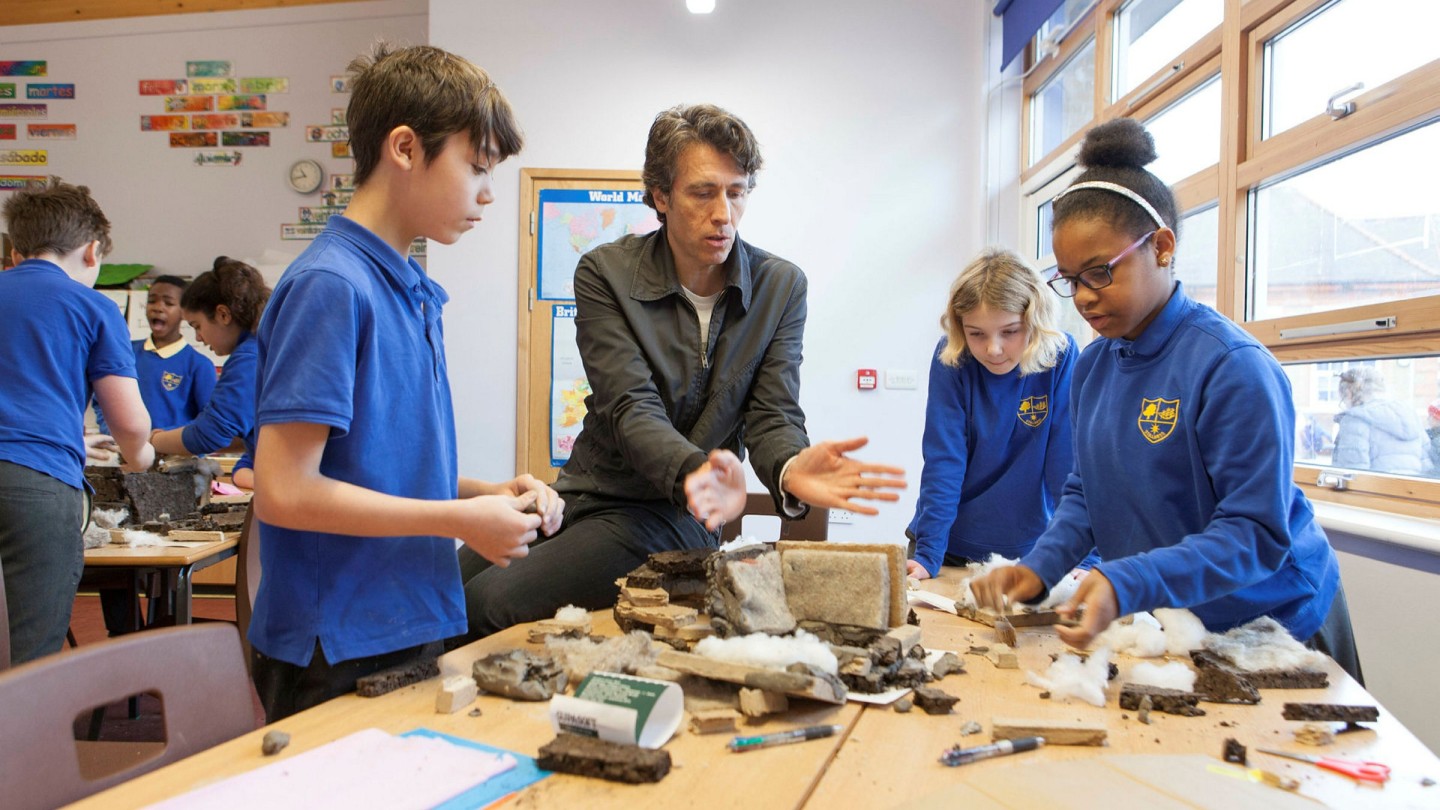
Simply sign up to the Climate change myFT Digest -- delivered directly to your inbox.
When Greta Thunberg sat outside the Swedish Parliament for three weeks in 2018, she could hardly have predicted the scale of the global movement she would spark.
But, with young people standing to lose most from climate change, it is no longer surprising that they are on the front line of efforts to prevent environmental catastrophe.
The FT recently led a callout for examples of how students, teachers and schools around the world are tackling the climate threat.
We wanted to hear how students are adapting their lifestyles, working in their communities, creating new organisations, or mobilising others. We also asked teachers and schools to tell us how they are changing teaching, to educate young people on the latest science and support them to make a difference.
We worked with environmental and education partners including the Climate Action Project, Earthday, WWF, Unesco, Ashden and Camfed to identify innovations with wider potential impact.
This global sample of inspiring activists shows a diverse range of approaches: from a campaign to save an elephant from captivity in India, to students in Portugal creating solar energy devices from everyday waste.
Students
Nikita Dhawan, Delhi, India
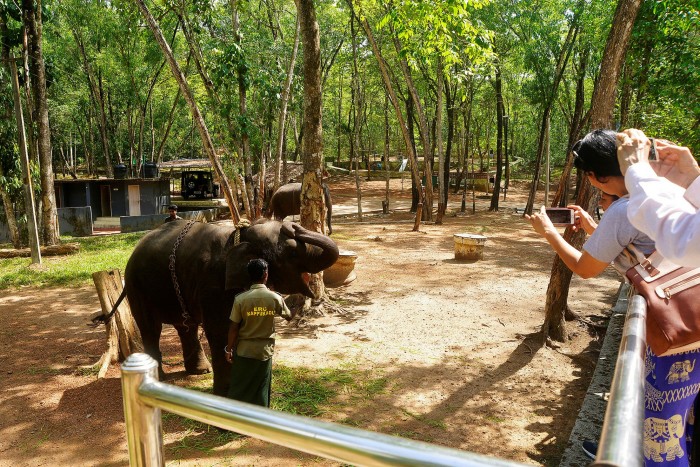
While interning at Delhi zoo, 16-year-old Nikita Dhawan took up the cause of Shankar, an elephant held in isolation for more than 23 years.
She launched a petition and sent letters to the government demanding Shankar’s release and rehabilitation, gaining the support of international animal charities and news organisations. “I was determined to highlight Shankar’s plight, fight for his freedom and become a fervent advocate for all captive elephants,” she says.
Sangita Iyer, a biologist and film-maker supporting Dhawan, explains that, by eating plants and dropping dung, elephants transfer seeds that germinate forests, and trample smaller trees to allow larger trees that capture carbon. “Elephants are natural climate mitigators,” she says.
Lily Ray, Kent, England
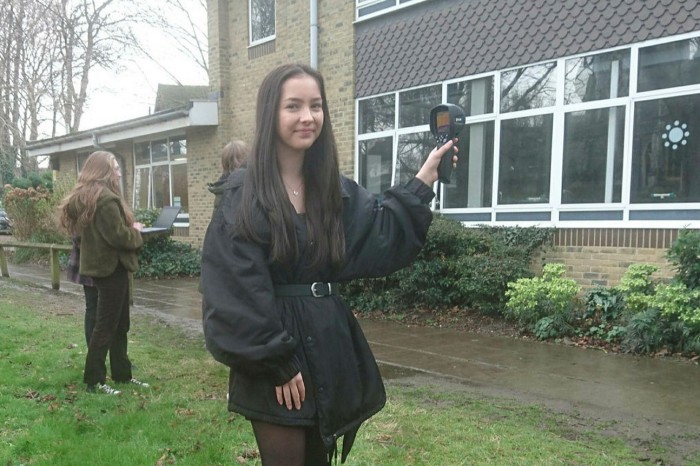
Lily Ray, 16, has spent a lot of time rooting through utility bills in the past year. As a member of the Queen Elizabeth’s School in Kent’s EcoQuEST environment research group, she used the documents to research its carbon footprint and calculate its total emissions, which worked out at 0.56 tonnes per person per year.
Her work is part of a bigger project to make the school carbon neutral. Ray has lobbied the school’s leadership, created leaflets and run assemblies for students. “Her confidence has grown so much,” says teacher James Perkins.
Ray also used a thermal camera to demonstrate that older buildings were much less thermally efficient than newer ones.
These findings will now influence policy: the school is working to install electric vehicle charging stations and improve insulation and offset emissions.
Textbook Project, Berlin, Germany
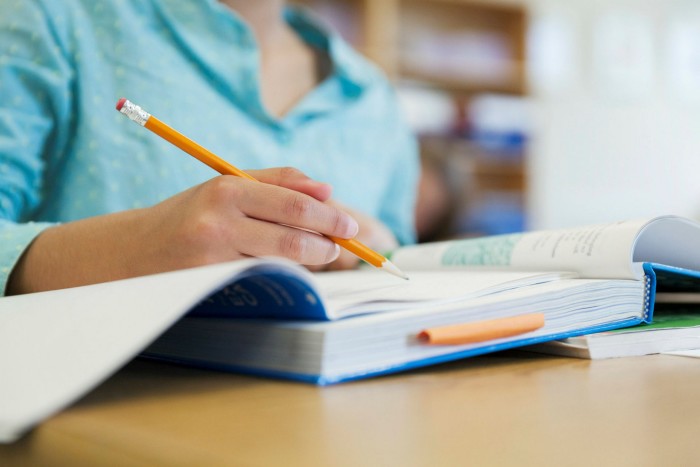
At the Private Kant School in Berlin, final year students Leonie Brockman and Alina Runk were fed up with reading in their textbooks that changing lightbulbs and recycling could solve climate change.
They knew bolder moves were needed and carried out a research project into climate education, assessing textbooks around the world, which they found featured mostly low-impact solutions rather than those featured in peer-reviewed science.
The girls, aged 17 and 18 at the time, presented the results at the 2018 UN climate change conference in Katowice, pushing for a change in school curricula to better reflect the reality of a warming planet. So far, leaders have failed to implement changes. The girls have shifted their focus to lobbying textbook publishers directly.
Charlotte Appleton-Pilbeam, Exeter, England
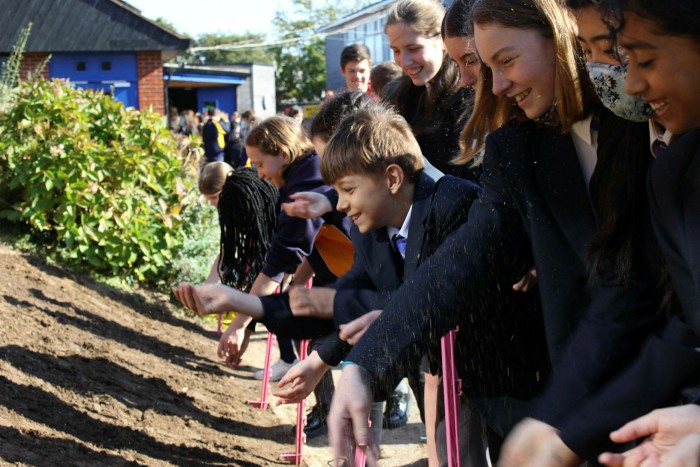
After joining the Fridays for Future climate strike, 17 year-old Charlotte Appleton-Pilbeam began campaigning for her school, Colyton Grammar in Exeter, to cut its carbon footprint.
Working with school trustees, leaders and prefects, and with a 13 point plan, she has already made an impact. The school is now installing recycled water systems, offering daily vegetarian and vegan meals, and purchasing an electric minibus. It has also stopped selling single use plastic bottles. In addition, Appleton-Pilbeam has led her school in planting a wild flower meadow and installing five beehives. “When I leave school, I will be leaving a legacy of positive climate action,” she says.
“Her aim is to do stuff that people can engage with,” says Miles Smith, assistant head. “She’s made that successful transition from being a vocal critic to being proactive.”
Water From Air, EMIS Tel Aviv, Israel
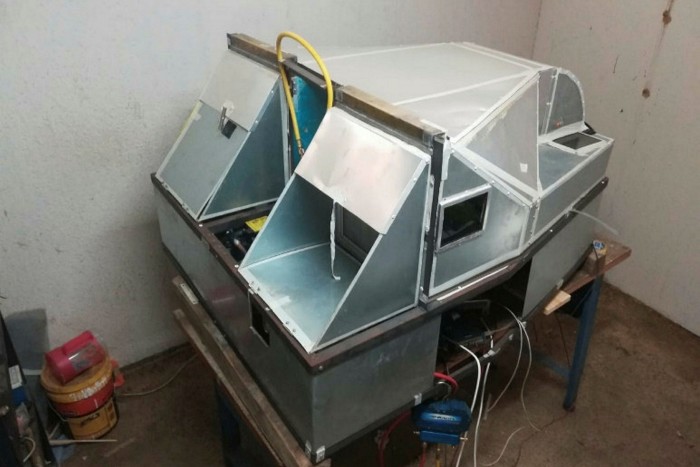
More than 2.5bn people lack access to clean drinking water. And the impact of burning fossil fuels and climate change means droughts are likely to become worse. However, students at Eastern Mediterranean International School in Tel Aviv have come up with a response: extracting water from air while producing electricity.
More stories from this report
Young people are on the frontline of this fight
We must pay the cost of carbon if we are to cut it
Why the greenhouse effect matters
The rise of ‘extreme weather attribution’
Carbon counting: how much do your lifestyle choices cost the planet?
Liz Thomas: my career drilling ice cores in Antarctica
Climate tech investment boom offers hope
While experimenting with devices that convert moisture in the air into drinkable water, they realised that the heat generated from the process could be used for power.
The result is a solar-powered and sustainable device that has the potential to extract water from air, using the resulting heat to drive a generator, which could be used by local farmers for irrigation.
The students were awarded the $100,000 Zayed Sustainability prize for the best entry from the Middle East and north Africa in high schools.
“Our students come here already wanting to do something to help the world,” teacher Bob Roach says. “That’s just what they’ve been able to do.”
Teachers and schools
Tabanca Solar Project, Gondomar, Portugal
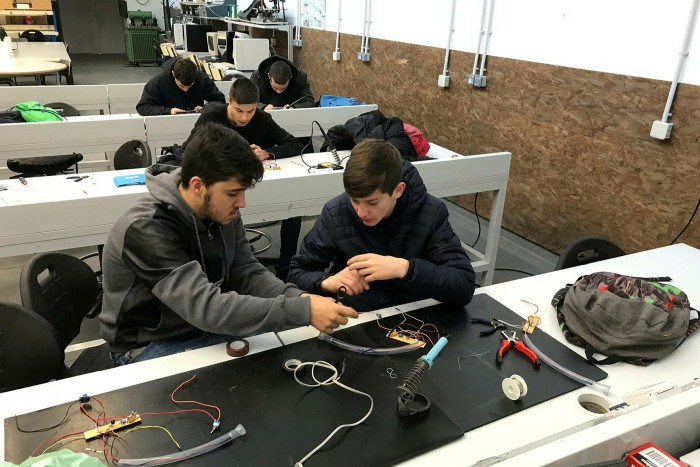
A lack of clean energy sources has created serious problems in Guinea Bissau in West Africa.
Many students in the country face injury cooking over wood fires, with many also living in dark homes. So, while on a placement at the Escola Secundária de Gondomar in Portugal, Bissau-Guinean students, along with their new Portuguese classmates, decided to act.
For the Tabanca Solar Project, the students designed easily constructed renewable energy devices from everyday waste. These include a solar lamp that refracts light through bottles of water, storing energy to power lights at night, solar dehydrators, and ovens to cook food.
Teacher Ines Rodrigues says the students lead the project: “We challenge them to be creative and come up with solutions.”
She has set up a non-governmental organisation, EducAfrica, to better distribute technology and teaching to those who need it. The project has now expanded to some 200 teachers from villages in Africa.
Green School, Bali, Indonesia
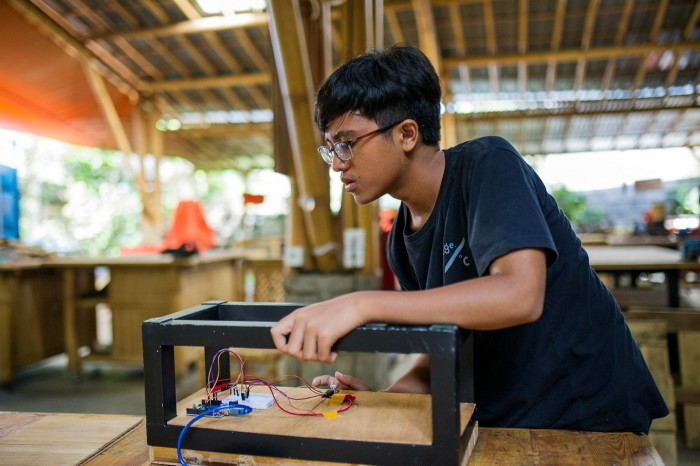
The environmental commitment of the Green School, a progressive, international school in Bali, is demonstrated in its building.
The school’s 350 students study in bamboo buildings on a campus that runs on renewable energy and has permaculture gardens. Students and staff have built solar panels and an on-campus vortex that produces hydroelectric energy. The school bus runs on biofuel made from used cooking oil.
Sal Gordon, the principal, is an advocate for green, holistic education and the school has trained nearly 700 teachers from more than 50 countries on its nature-based curriculum.
“We believe education needs to play an important role in how we create the future,” Gordon wrote in a blog at the end of last year.
Retrofit Action for Tomorrow, London, England
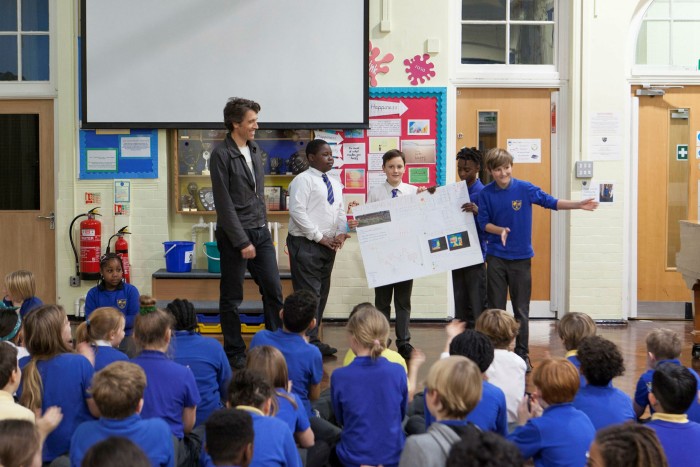
After renovating his own home with a low-energy Passivhaus retrofit in 2019, London architect Harry Paticas is bringing his skills to schools with Retrofit Action for Tomorrow, a social enterprise supporting sustainable renovations.
After a year the initiative has worked with five schools on retrofit planning and building, which could reduce energy use by 90 per cent, cutting heating bills and emissions.
RAFT also teaches children about insulation. Workshops include a “baked potato challenge”, where children are given natural insulation materials to keep the potato hot for as long as possible. They then connect those lessons to their school building projects.
“We’re working in a school environment and learning and sharing as you go along,” Paticas says.
The project is now looking to retrofit five schools in every London borough.
Roedean School, Johannesburg, South Africa
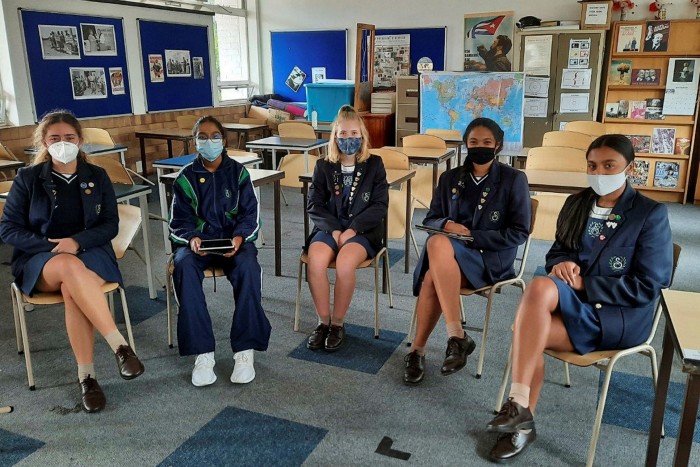
“I don’t think school curricula have changed enough to highlight the urgency of climate change,” says Marj Brown, who teaches history at the Roedean School. But she has found that Model United Nations, an educational simulation of how the UN works, is an opportunity for students to think and act.
Through a partnership with a local university, students work with local government and other officials to ensure that the voices of young people are represented in climate policy.
At school, students costed solar energy as part of an EU project, challenging the school board to take action on using renewables. Their lobbying efforts mean any new buildings in the school will now be fitted with solar panels.
“It really is important for them to see they are change-makers,” Brown says. “This is what education should be — it’s not theory, it’s leading them into the real world.”
Green Bronx Machine, New York, US
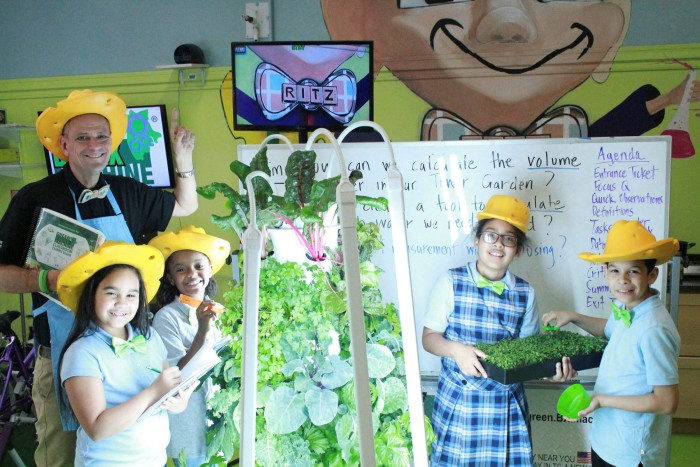
Stephen Ritz says the premise of the Green Bronx Machine project he founded is simple: “We grow vegetables.”
Created as an after school club five years ago, promoting healthy living options for children, the initiative is now an indoor gardening curriculum that reaches 50,000 students across the US.
By growing vegetables using indoor systems and project-based learning, students learn where food comes from, improve their health, and develop self-sufficiency.
“[It] is really exciting for kids — you put a tiny seed in their hand and say in 40 days you’re going to have something you can eat and sell,” Ritz says.
Climate Capital

Where climate change meets business, markets and politics. Explore the FT’s coverage here.
Are you curious about the FT’s environmental sustainability commitments? Find out more about our science-based targets here
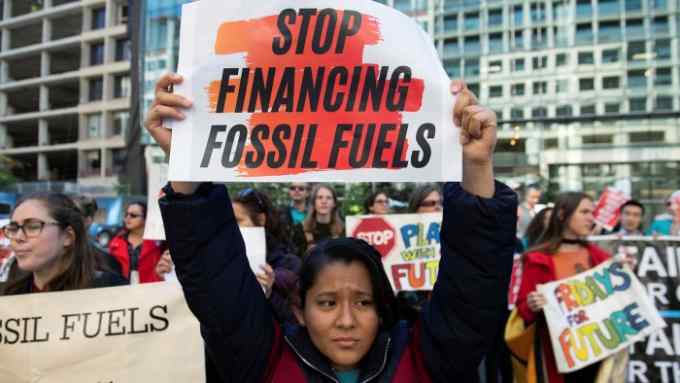
Comments